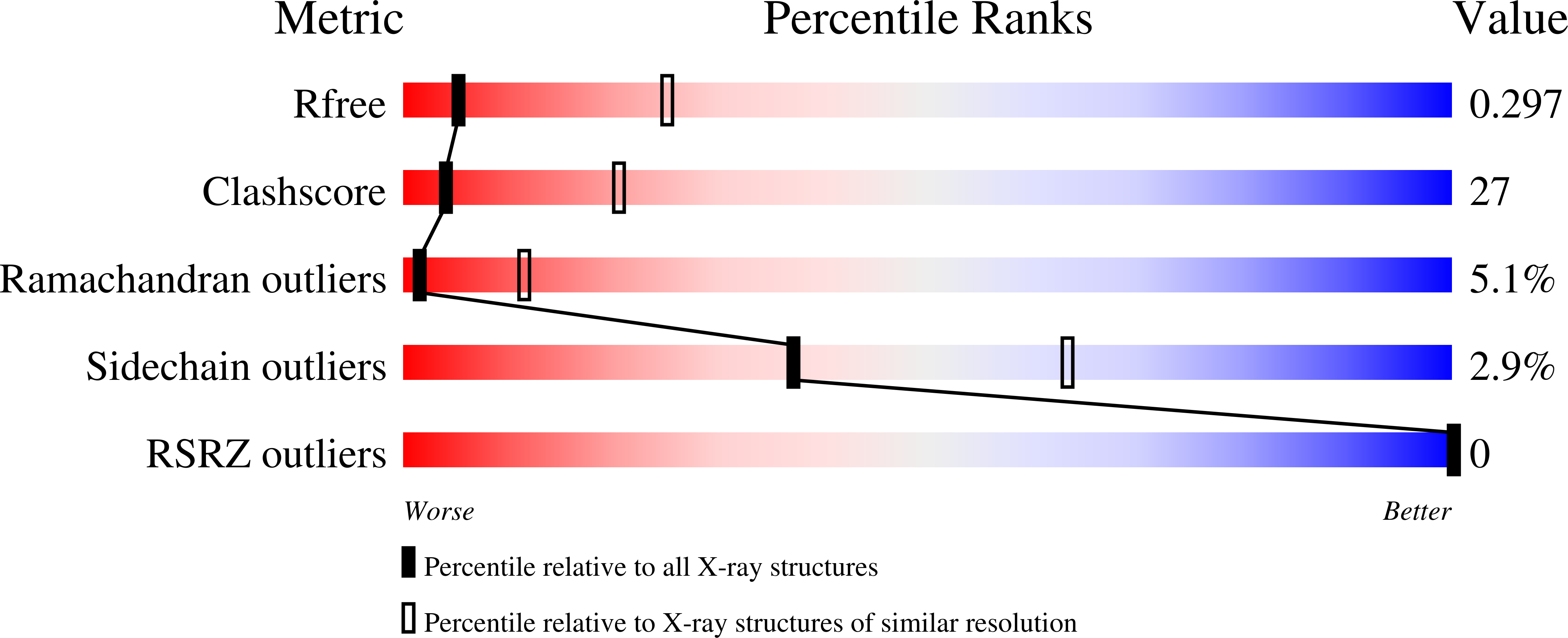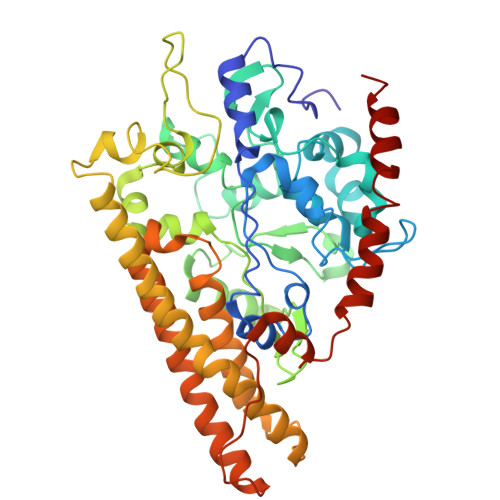Exploiting fourth-generation synchrotron radiation for enzyme and photoreceptor characterization.
Malla, T.N., Muniyappan, S., Menendez, D., Ogukwe, F., Dale, A.N., Clayton, J.D., Weatherall, D.D., Karki, P., Dangi, S., Mandella, V., Pacheco, A.A., Stojkovic, E.A., Rose, S.L., Orlans, J., Basu, S., de Sanctis, D., Schmidt, M.(2025) IUCrJ 12: 36-48
- PubMed: 39575537
- DOI: https://doi.org/10.1107/S2052252524010868
- Primary Citation of Related Structures:
9CUF, 9D10, 9D2H - PubMed Abstract:
The upgrade of the European Synchrotron Radiation Facility (ESRF) in Grenoble, France to an Extremely Brilliant Source (EBS) is expected to enable time-resolved synchrotron serial crystallography (SSX) experiments with sub-millisecond time resolution. ID29 is a new beamline dedicated to SSX experiments at ESRF-EBS. Here, we report experiments emerging from the initial phase of user operation at ID29. We first used microcrystals of photoactive yellow protein as a model system to exploit the potential of microsecond pulses for SSX. Subsequently, we investigated microcrystals of cytochrome c nitrite reductase (ccNiR) with microsecond X-ray pulses. CcNiR is a decaheme protein that is ideal for the investigation of radiation damage at the various heme-iron sites. Finally, we performed a proof-of-concept subsecond time-resolved SSX experiment by photoactivating microcrystals of a myxobacterial phytochrome.
Organizational Affiliation:
Department of Physics, University of Wisconsin-Milwaukee, Milwaukee, USA.

















